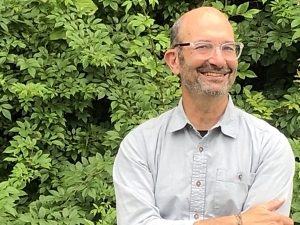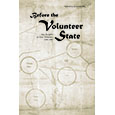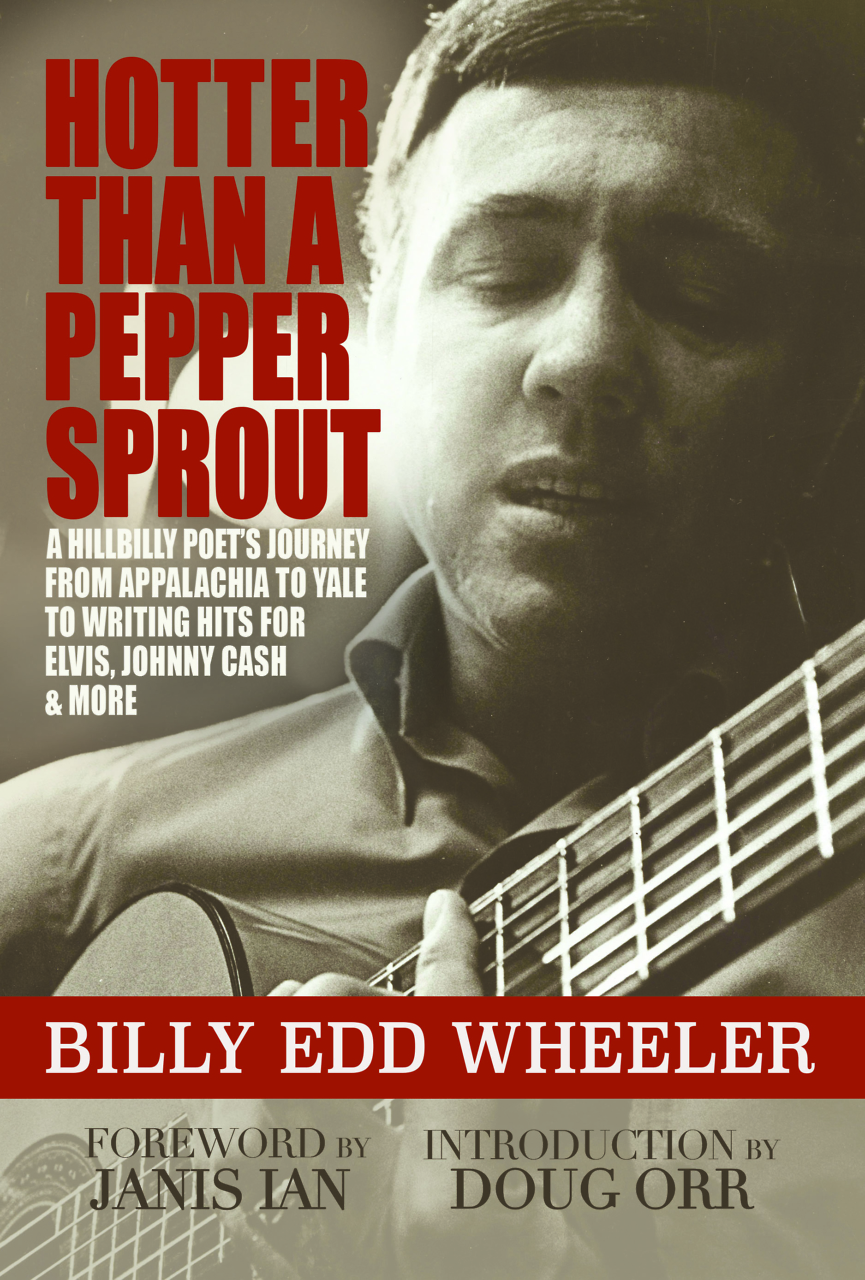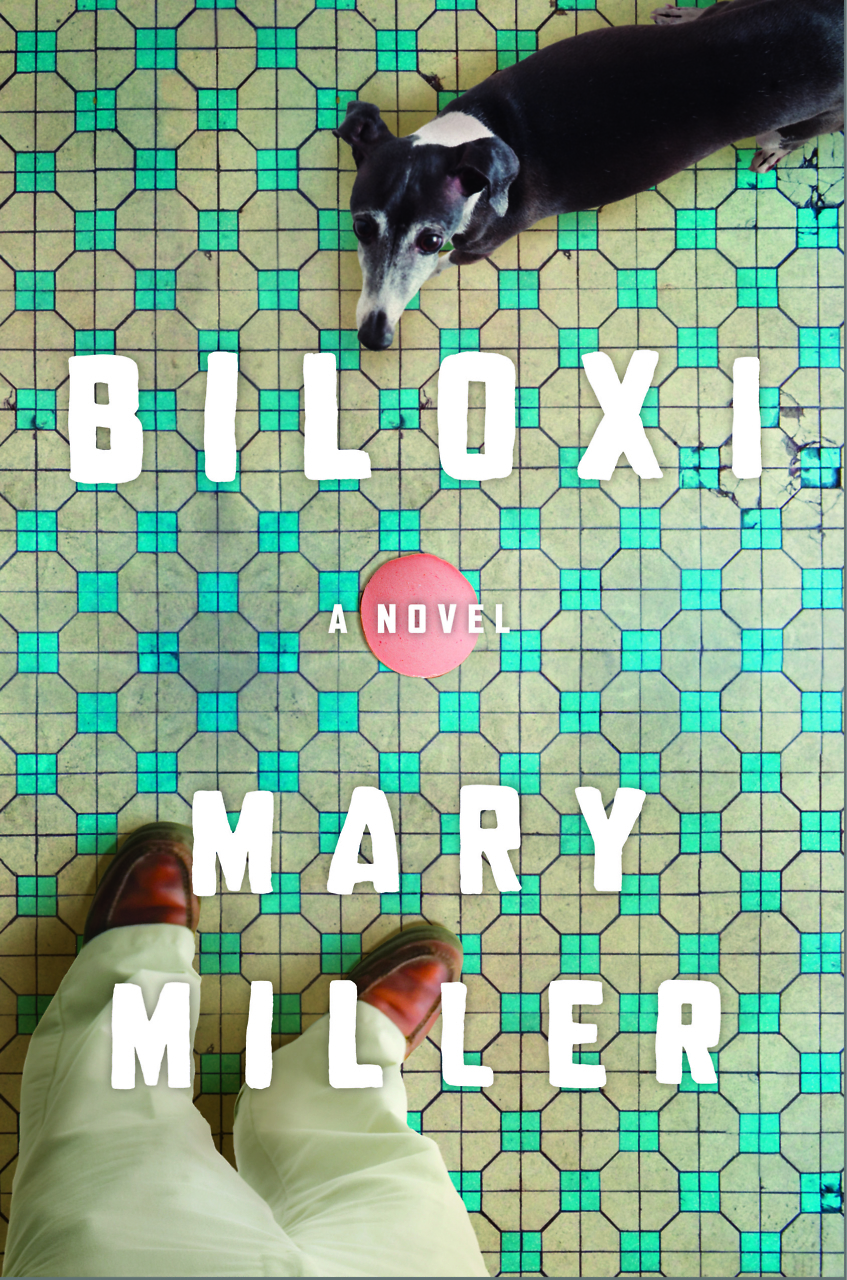An Enlightened Message
In Nature’s Messenger, Patrick Dean follows an 18th-century naturalist of the American South
Nature’s Messenger: Mark Catesby and His Adventures in a New World, the second book from Sewanee-based writer Patrick Dean, relates the history of a little-known man and his greatest achievement. It’s a formula Dean mastered in his 2021 book, A Window to Heaven, which told the story of Hudson Stuck, an Episcopal priest and Sewanee graduate who made the first ascent of Denali. Dean’s new effort profiles Mark Catesby (1683-1749), a naturalist remembered for his influential — and lavishly illustrated — book, The Natural History of Carolina, Florida, and the Bahama Islands.

Published in sections beginning in 1729, nearly a century before the first installment of Audubon’s Birds of America, Catesby’s ambitious life’s work was not finished until 1747, two years before his death. Sponsored by a who’s who of British scholars and nobles, it inspired generations of artists and explorers.
During the decades Catesby labored to classify flora and fauna of the American South, he shipped thousand of seeds and pressed plants to England, some of which remain in university collections today. He also helped launch a commercial horticulture industry to fill a growing demand for exotic plants of the New World. Catesby was the first to describe the magnolia to a European audience, and by the time he finished his Natural History, magnolias flourished throughout London and in many estates beyond, grown from seeds he had shipped from Charleston.
Little is known of Catesby’s early life. As Dean relates, his earliest surviving letter was written when he was 39, and there is no known painting or sketch of him. To approximate the appearance of a young naturalist in the field, Dean relies on a contemporary painting by Thomas Gainsborough, included among the book’s color plates. From early biographers and scant existing records, Dean reconstructs Catesby’s life as best he can: The son of a prominent Essex solicitor with business in London, young Catesby spent much of his time at the country estate of his mother’s uncle. He was a neighbor and friend of the British naturalist and clergyman John Ray, who likely gave him an informal scientific education and encouraged his growth as a writer and artist.
 To overcome a dearth of historical data about the man himself, Dean rounds out his subject with a detailed history of the explosion of scientific knowledge that surrounded Catesby. His life spanned the central years of the Age of Enlightenment, a time that saw the birth of the Royal Society. He was 20 when Sir Isaac Newton became president of that organization, whose membership was largely comprised of eager amateurs. After his book appeared, Catesby himself became a fellow of the society.
To overcome a dearth of historical data about the man himself, Dean rounds out his subject with a detailed history of the explosion of scientific knowledge that surrounded Catesby. His life spanned the central years of the Age of Enlightenment, a time that saw the birth of the Royal Society. He was 20 when Sir Isaac Newton became president of that organization, whose membership was largely comprised of eager amateurs. After his book appeared, Catesby himself became a fellow of the society.
It was time a when anyone who could afford a library could read essentially all that was known on a particular subject. While universities taught the classics, coffeehouses offered free education in the form of direct conversation with leading scientists, whose discoveries appeared in Philosophical Transactions, the society’s journal. “A visitor to a London coffeehouse could take lessons in French, Italian, or Latin; listen to lectures on poetry, mathematics, or astronomy,” Dean writes.
Catesby, like Dean’s earlier subject Hudson Stuck, was a product of his time and culture who grew to recognize the harm of widespread prejudice. In Stuck’s case, the prejudice was directed against native Alaskans, while in Catesby’s, the targets were natives in the Colonial South and enslaved Africans, who greatly outnumbered white settlers. Catesby, Dean writes, was the first European to describe the creation of gumbo. He learned the properties of plants from enslaved healers, who taught him, for example, that snakeroot could “calm stomach ailments, induce perspiration, alleviate the pain of childbirth or affect the menstrual cycle.”
While the naturalist had inherited land from his father and procured sponsorship from wealthy patrons, his lengthy explorations gradually sapped his financial reserves; if not for his income from seeds and plants, he might never have finished the Natural History. The slow development and eventual success of the book were well documented at the time, and Dean creates an interesting narrative of the process, but the biographer struggles with the scant personal details that remain of Catesby himself. By 1730, he was living with a woman named Elizabeth Rowland who bore him several children, but they did not marry until 17 years later, when Catesby found himself in poor health and in want of a will. While Elizabeth did much to promote his work and reputation after his death, we learn nothing at all of her or their unusual relationship.
In the end, Nature’s Messenger delivers on the promise of its title and subtitle with a tale of adventure in Colonial America and the Caribbean. The messenger is surpassed by his message in this story of a great book — one created by a talented, if enigmatic and largely forgotten, lover of Southern nature.

Michael Ray Taylor is the author of Hidden Nature and other books. He lives in Arkansas.


